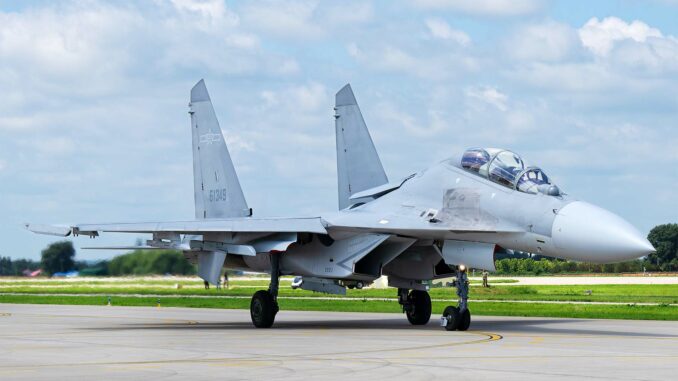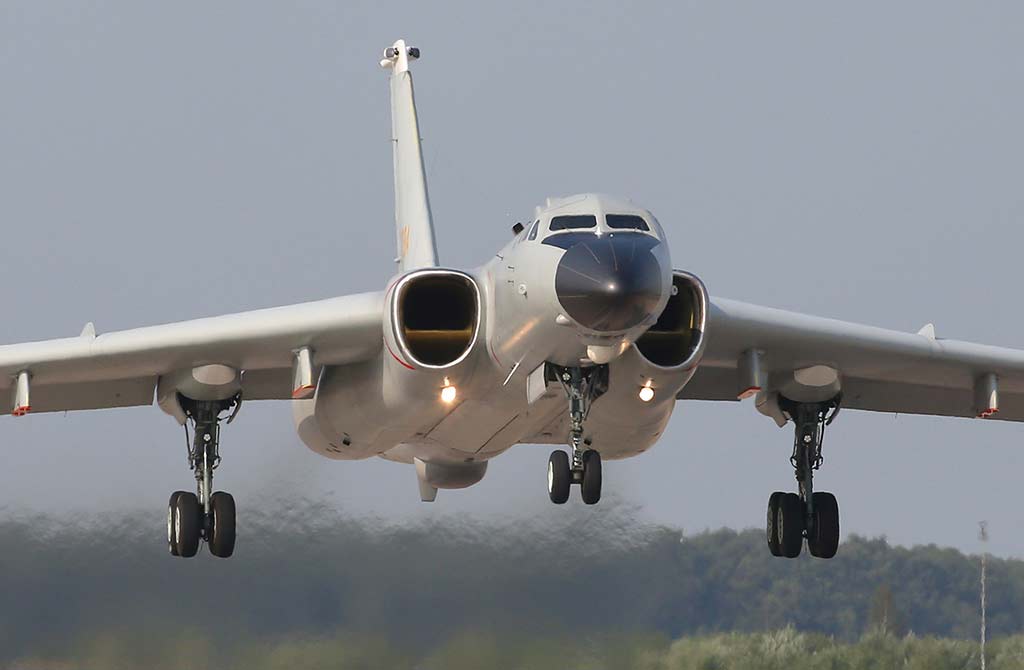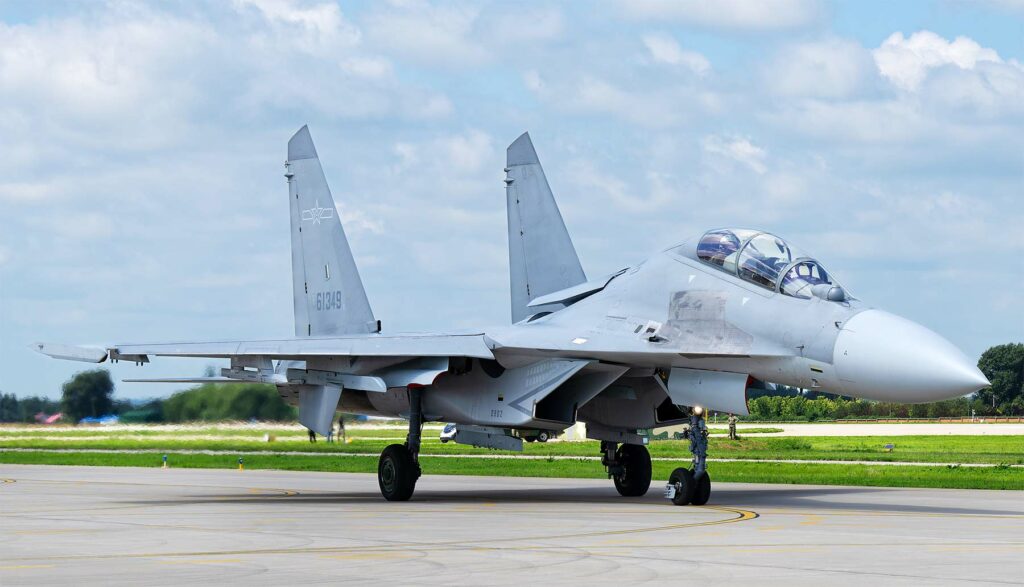
Analysis of Chinese military exercises around Taiwan, geopolitical and technical implications, and regional security perspectives.
In brief
China has stepped up its military exercises around Taiwan in response to the inauguration of pro-independence President Lai Ching Te. The “Joint Sword-2024A” exercise involved simulated strikes with missiles, H-6 bombers and J-16 fighters. Taiwan responded by deploying anti-missile systems and monitoring Chinese movements with F-16s. The geopolitical situation remains tense, with potential implications for regional security, not least because of repeated US warnings of possible Chinese military intervention by 2027.
China’s “Joint Sword-2024A” military exercises around Taiwan have attracted considerable international attention. Initiated in response to the inauguration of Lai Ching Te, Taiwan’s pro-independence president, the maneuvers represent a significant show of force on China’s part. The exercise saw the participation of several types of weaponry and units, including fighter jets, bombers, and warships, heightening already existing tensions in the region.

Technical details of the exercises
Air and naval forces :
The People’s Liberation Army (PLA) mobilized a substantial number of aircraft, including 62 aircraft and 27 vessels from the Chinese Navy and Coast Guard. Among the aircraft, J-16 fighters and H-6 bombers equipped with cruise and air-to-air missiles were particularly notable. The J-16s, derived from the Russian Su-30, have a range of 3,600 km and can carry a variety of armaments, including PL-15 and PL-10 missiles.
Missiles and artillery:
The exercise also featured the use of short-range DF-15 ballistic missiles and PHL-16 long-range artillery systems. The DF-15, with a range of 600 km, is designed for precise strikes against strategic targets. PHL-16 systems, on the other hand, can launch 370 mm rockets with an effective range of 220 km, making them powerful deterrent tools.
Reactions from Taiwan
In response to the Chinese exercises, Taiwan has deployed its own defenses. The Taiwan Air Force (ROCAF) mobilized its F-16s, armed with AIM-9 Sidewinder missiles, to monitor PLA movements. These F-16s, equipped with advanced Sniper pods for target designation, offer surveillance and rapid reaction capabilities. In addition, Taiwan has announced the deployment of Hsiung Feng III anti-ship missile systems, capable of striking targets at a distance of 400 km, thus increasing its deterrent capability in the face of possible aggression.
Geopolitical implications
The escalation of tensions around Taiwan has major geopolitical implications. The United States has reiterated its policy of a “strategy of ambiguity” regarding the defense of Taiwan, while increasing its military presence in the region. B-1 Lancers have been deployed to Guam, and the aircraft carrier USS Ronald Reagan is currently operating in the Philippine Sea. These moves are designed to deter any unilateral action by China, while reaffirming the US commitment to regional stability.
Advantages and disadvantages of the Military Exercise
Advantages:
Demonstration of force: Exercises enable China to demonstrate its military power and ability to carry out complex operations, thereby strengthening its diplomatic position.
Strategic preparation: These maneuvers offer the PLA an opportunity to test and refine its strategies and weapons systems under realistic conditions.
Disadvantages :
Risk of Escalation: The show of force increases regional tensions and could lead to a military response from Taiwan and its allies.
Economic impact: Military tensions may have economic repercussions, affecting markets and investments in the region.

Long-term consequences
The intensification of military exercises around Taiwan could have several long-term consequences. Firstly, it could accelerate the arms race in the Asia-Pacific region, with neighboring countries increasing their defense spending to guard against possible aggression. Secondly, heightened tensions could prompt Taiwan to strengthen its international alliances, notably with the USA and Japan, to guarantee its security.
Finally, the situation could influence the foreign policy strategies of several nations, prompting a reconfiguration of alliances and partnerships in the region. Increased support from the USA and its allies could strengthen Taiwan’s position, but also exacerbate tensions with China, increasing the risk of military confrontation.
China’s “Joint Sword-2024A” military exercises around Taiwan mark a new stage in the escalation of tensions in the region. By mobilizing air, naval and missile assets, China seeks to dissuade Taiwan from any declaration of independence, while testing its own military capabilities. Taiwan’s response, supported by the United States, shows that the balance of power remains fragile. In the long term, this situation could have significant repercussions on regional and global security, requiring constant vigilance and appropriate diplomatic strategies.
War Wings Daily is an independant magazine.